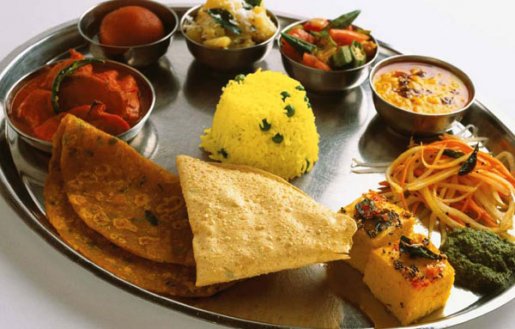Indian Street Food


As part of our focus on food today for India Week, restaurant chain Masala Zone describe authentic Indian street food and its ingredients.
One of India's culinary glories is its comforting, seductive street food which offers a myriad of flavours. Almost every street corner is lined with mobile food vendors (restaurants-on-wheels) selling sumptuous snack delicacies. It is a way of life for people of all income groups, who relish the irresistible and rich tapestry of flavours, these snacks have to offer. Every busy street in India usually has rows of street food hawkers cooking and selling these delectable delicacies before your eyes. Indian street food is mouth-watering. These dishes are cooked in the open with aromas that fire the appetite and awaken the senses.
MW Eat has been a pioneer in bringing an array of delectable Indian street food to London. These can be eaten either as a starter, or as grazing food. These street food dishes are prepared in Masala Zone's open dispense kitchen in full view of customers. Although not quite the same as being on the streets of India, this can still leave a memorable impression.
Thalis- The Full Balanced Meal
The thali is a stainless steel platter with little bowls ("katoris") consisting of a wide variety of different dishes providing nutrition, texture, flavours and colours. It is the way Indians have traditionally eaten at home for centuries. The thali in different regions of India consists of cuisine native to that region. The Gujarati thali for example will have farsans (gujarati vegetarian canapes), vegetables, dals, chapatis (rotis), rice, salads and pickles. In the south the emphasis shifts to rice delicacies as well as vegetables.
In the UK the Masala Zone restaurants are unusual in making the thali a cornerstone of the menu. The thalis combine the Gujarati and north Indian thalis.
Apart from being delicious, thalis also provide nutritionally complete and well balanced meals because of the carefully chosen balance of ingredients in the various dishes. The ingredients are:
- Green vegetables: Green vegetables provide vitamin A vitamin B, carotene, iron, calcium, vitamin B complex, vitamin C, vitamin E, vitamin K, folic acid, iron, and potassium.
- Dals (lentils): Dals are rich sources of protein, and in addition contain phosphorous, magnesium, manganese, and copper. Dals boiled with herbs and tomatoes, seasoned with spice and eaten with chapatis or rice provide the amino-acid balance that constitutes complete protein.
- Raita (yoghurt): Raita is a good source of calcium, vitamin A, vitamin D, phosphorous, as well as protein; it also introduces flora into the digestive system
- Cereal: Cereal provides the carbohydrates. In addition the whole wheat provides nutrients such as vitamin B1, B3, zinc, potassium, magnesium, chromium, manganese, as well as roughage to aid digestion. Rice provides iron, thiamin, niacin, and folate.
- Meat: Meat provides protein.
- Onions: Onions provide selenium.
- Spices: Spices play an important role in keeping the intestines decongested. The properties of individual spices include being anti-inflammatory, anti-bacterial, digestive, and diuretic.









